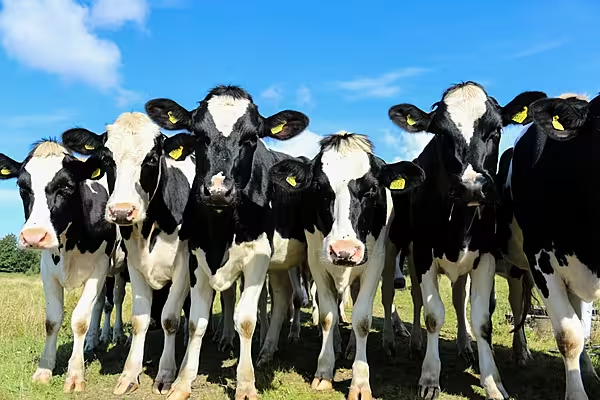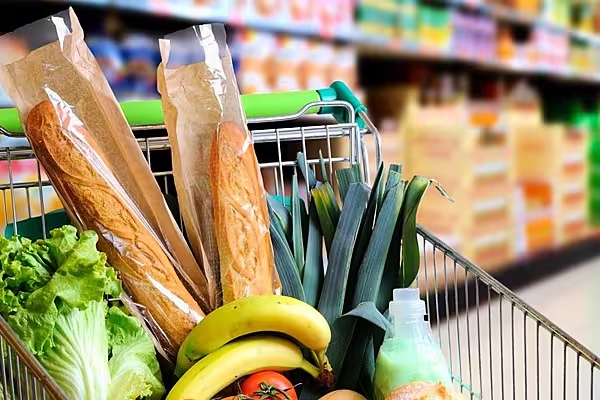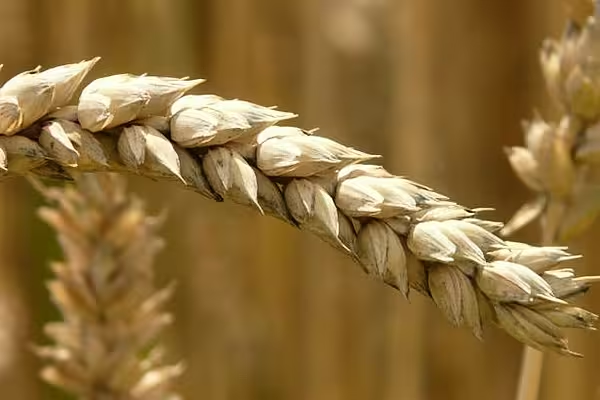The long-awaited upturn in dairy prices appears to be becoming a reality, as two of the biggest players in Irish milk production have announced increased payments to their suppliers.
On 11 August, Cavan-based Lakeland Dairies increased its July price by one cent to 24c/L – their first price increase in nearly 18 months. A day later, Glanbia followed suit, raising its payments to member suppliers to 23c/L.
The dairies’ price increases for July come after the Ornua PPI, the monthly indicator of market returns on dairy products sold by Ornua, rose earlier last week for the first time in 16 months. The PPI rose to 81.8 points for July, up from the 81 points in June. The PPI had dropped significantly over the 14-month period from March 2015 to May 2016, from 101.2 points to 81 points.
The increases are seen as a strong indication of recovery in dairy markets following a sequence of positive Global Dairy Trade (GDT) auctions. A Lakeland spokesperson said their price increase reflected the improvement in dairy market returns internationally, and a Lakeland recognition of difficult farming weather. For the past two years, poor profitability and cash flow difficulties have beset Irish dairy farmers hit by the global downturn in dairy markets, with prices down by about 40 per cent compared with 2014.
The Irish Farmers’ Association (IFA) called on other processors to follow Lakeland’s lead in raising prices. IFA president Joe Healy said; “The Co-ops must accept the dairy market recovery is a reality and start increasing milk prices. Dairy farmers are under extreme cash flow pressures after the prolonged market downturn and IFA will not tolerate any stalling on milk price increases.”
The IFA’s dairy boss, Sean O’Leary, echoed the sentiments: “It is now quite clear that the tide has turned on dairy markets and that we are looking at a recovery. With the dire cash flow shortage on farms and prices below the cost of production, farmers will need every extra cent from the market returned by co-ops to help pay bills and rebuild badly shaken confidence.”
Last month, in an effort to rebalance the market, the European Commission re-introduced milk supply control measures for the first time since lifting the quotas in recognition that oversupply in Europe had become a problem. Ireland has had one of the largest post-quota increases in milk production, but it still only accounts for 4 per cent of production in Europe, and its production footprint is relatively small compared to that of Germany or France. And while the price increases are welcome, the average cost of production in Ireland is still about 25c/L before labour costs, according to estimates by farming industry body Teagasc.
© 2016 - Checkout Magazine by Ingmar Kiang









